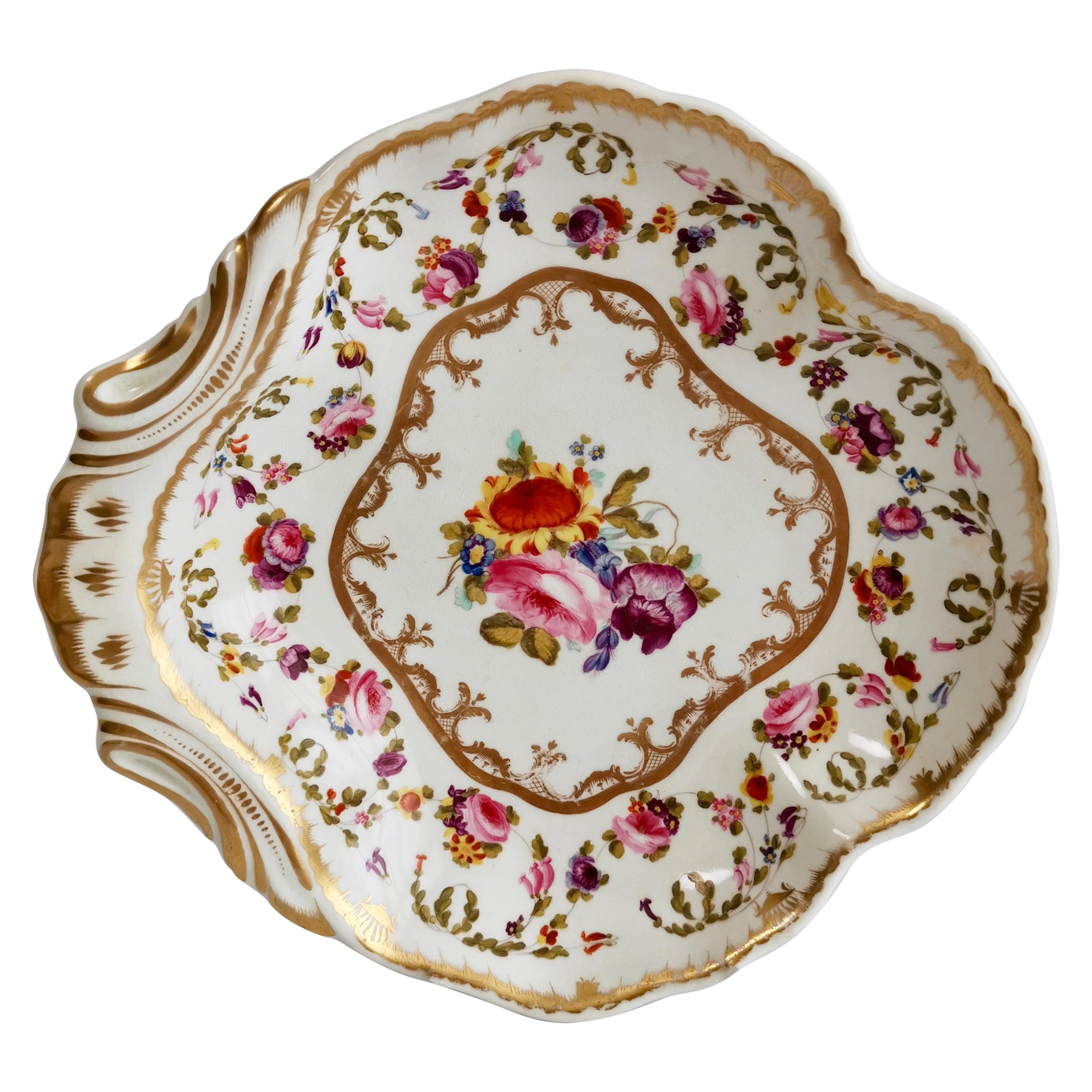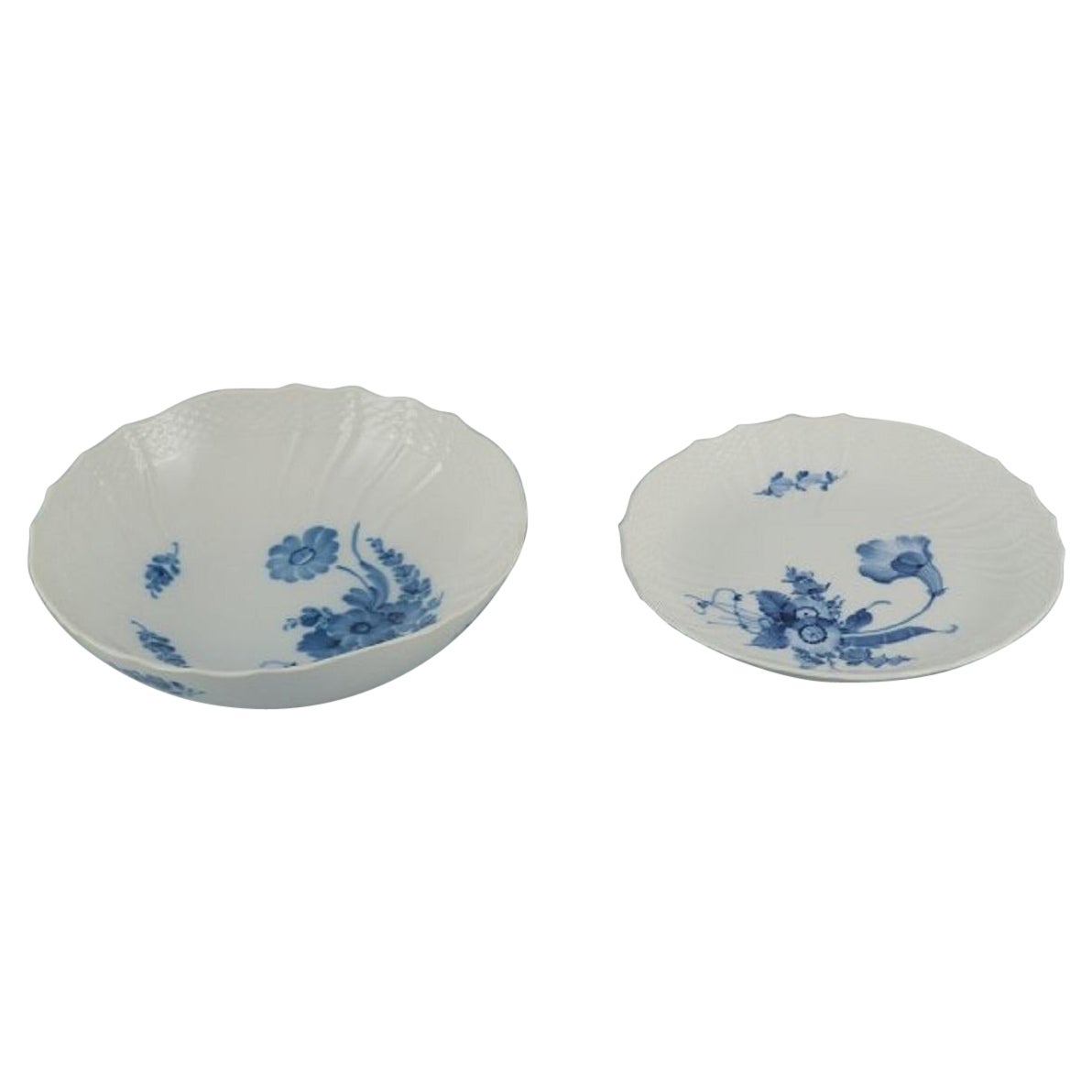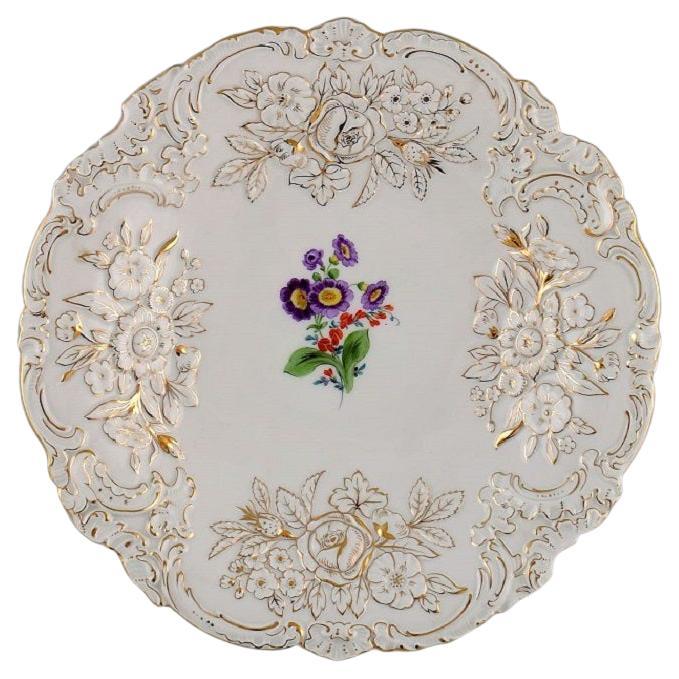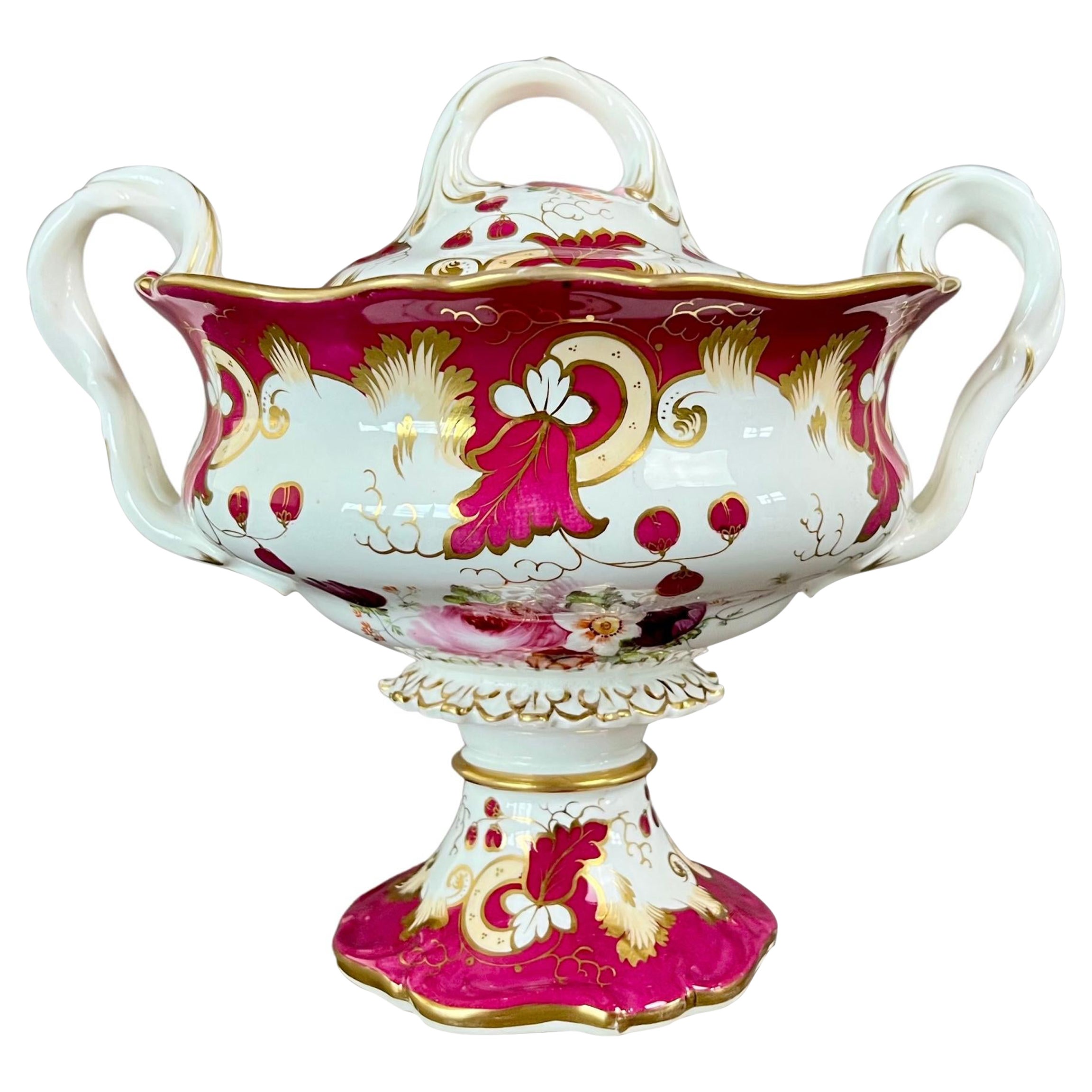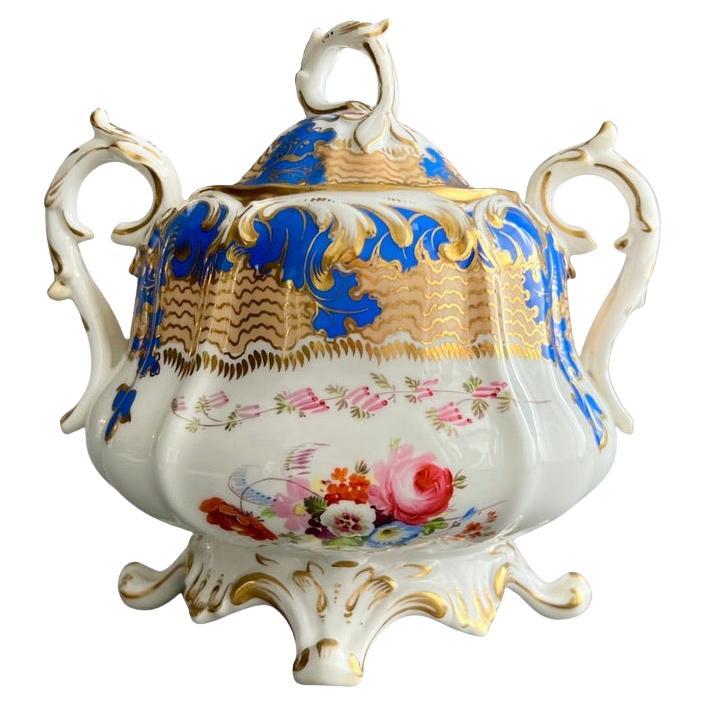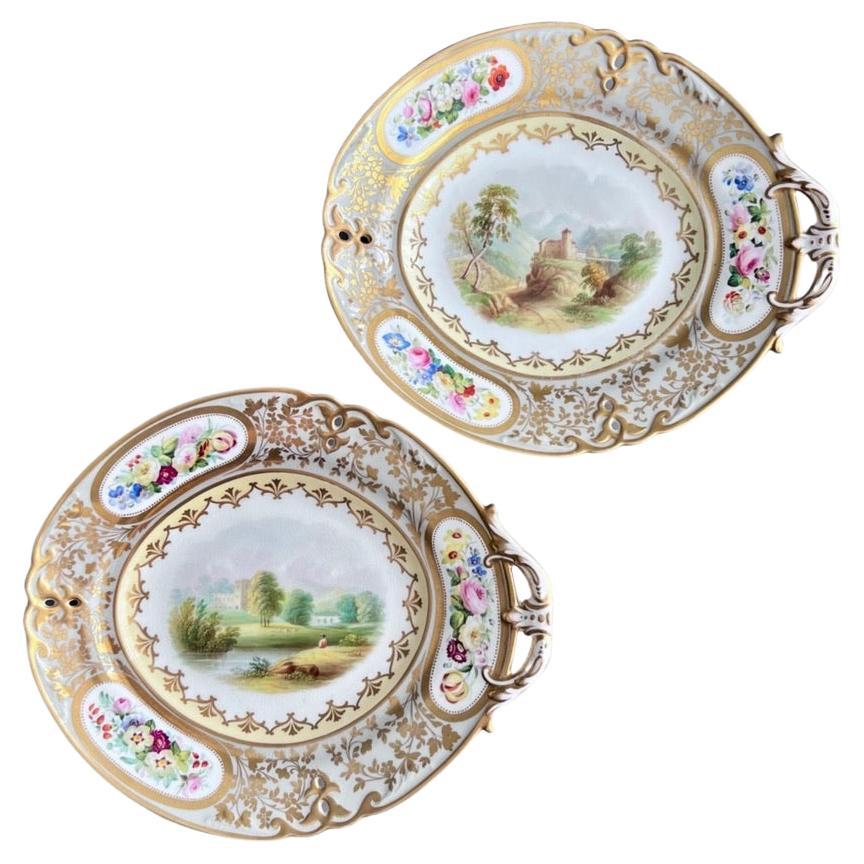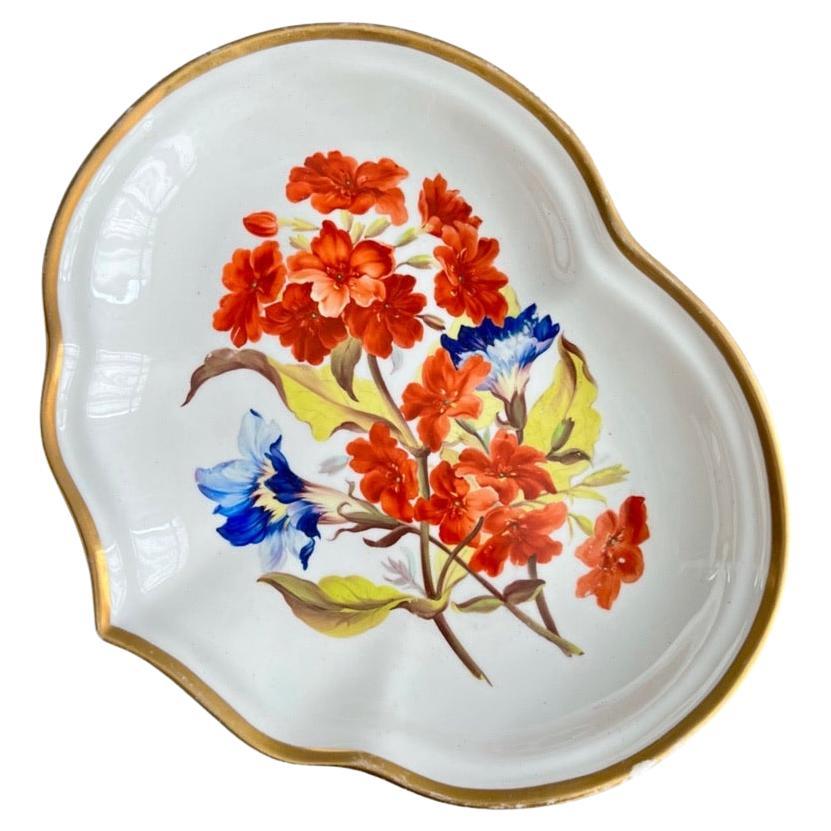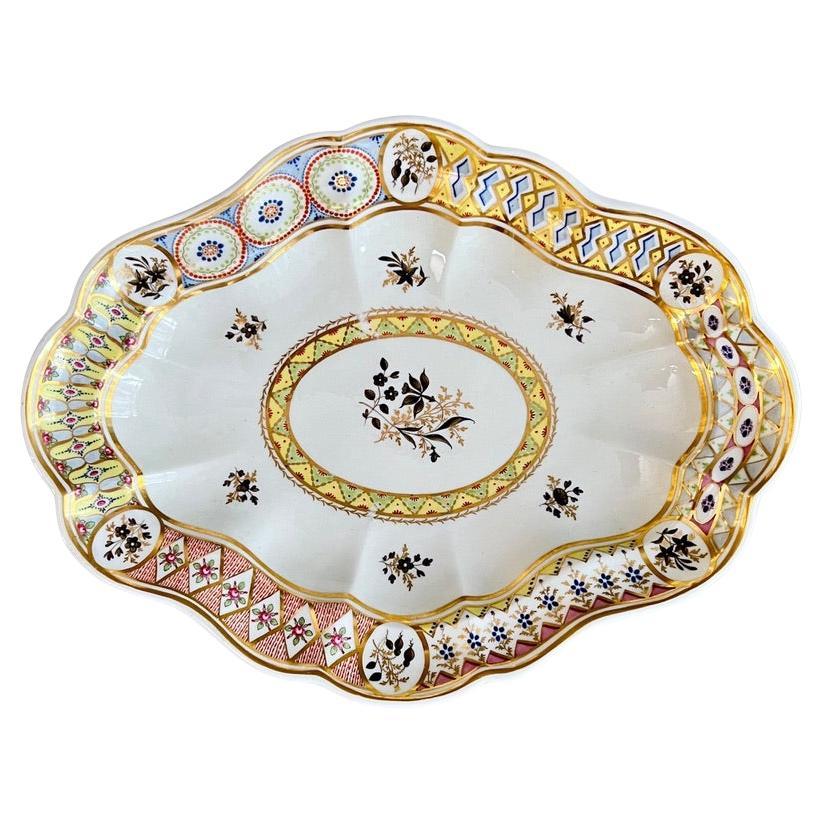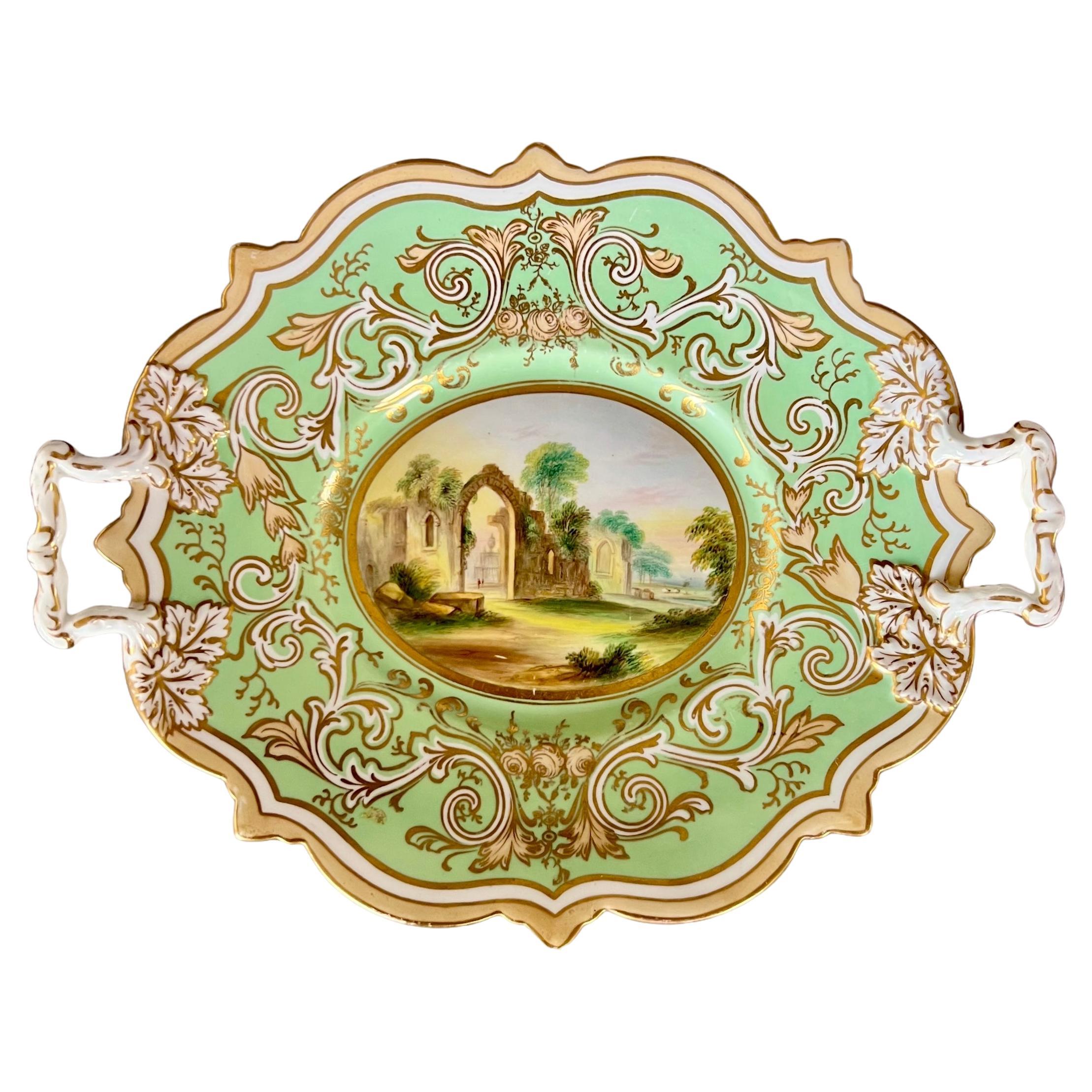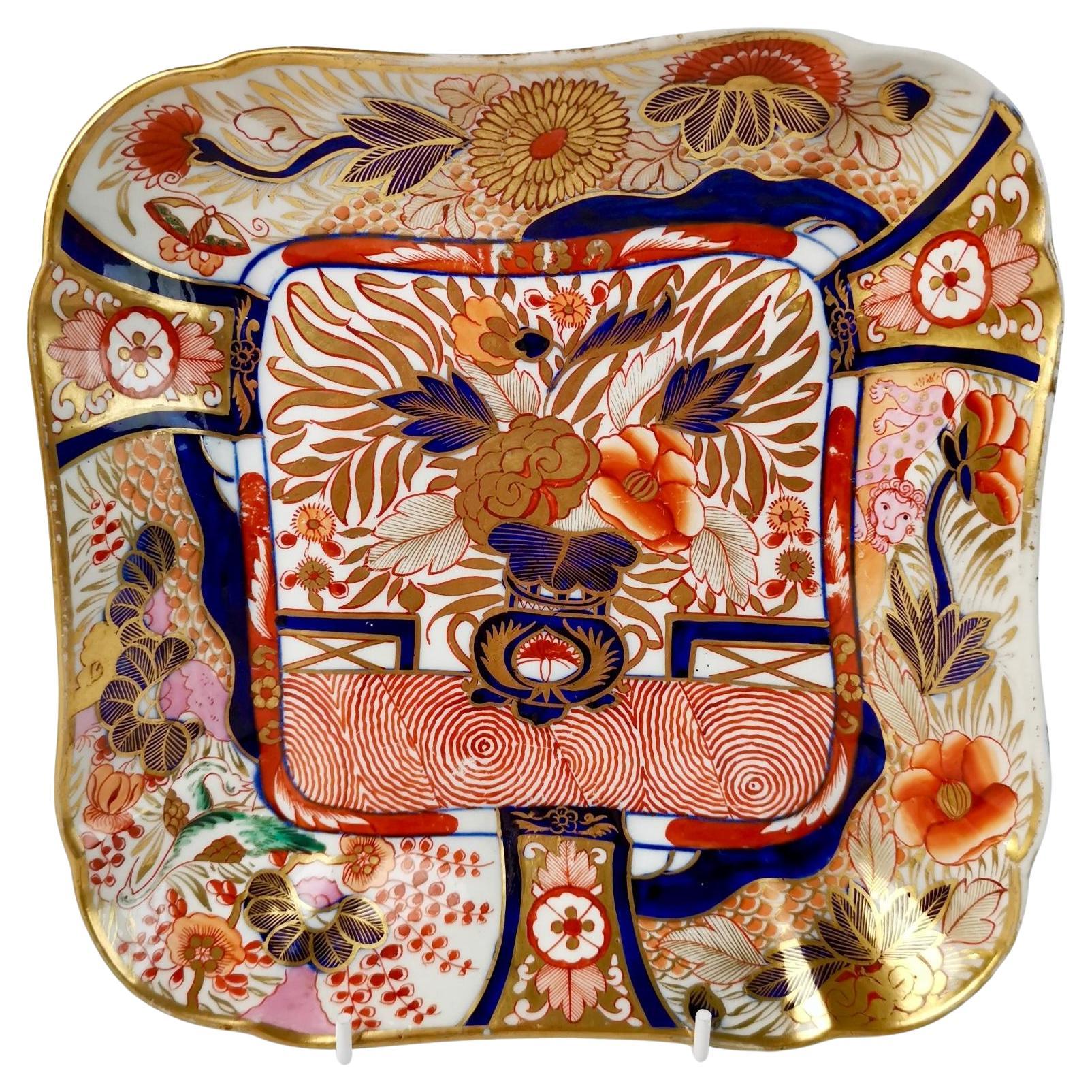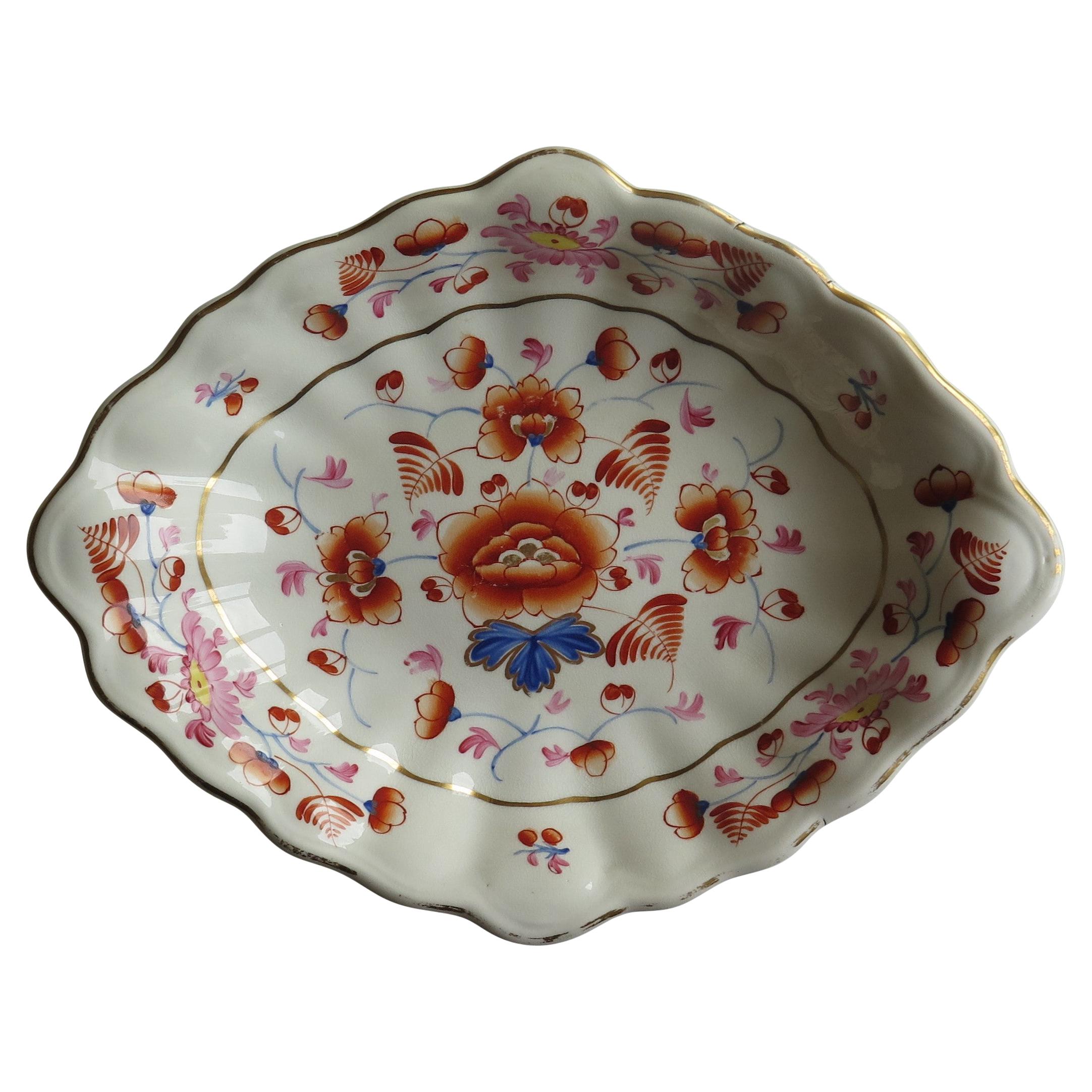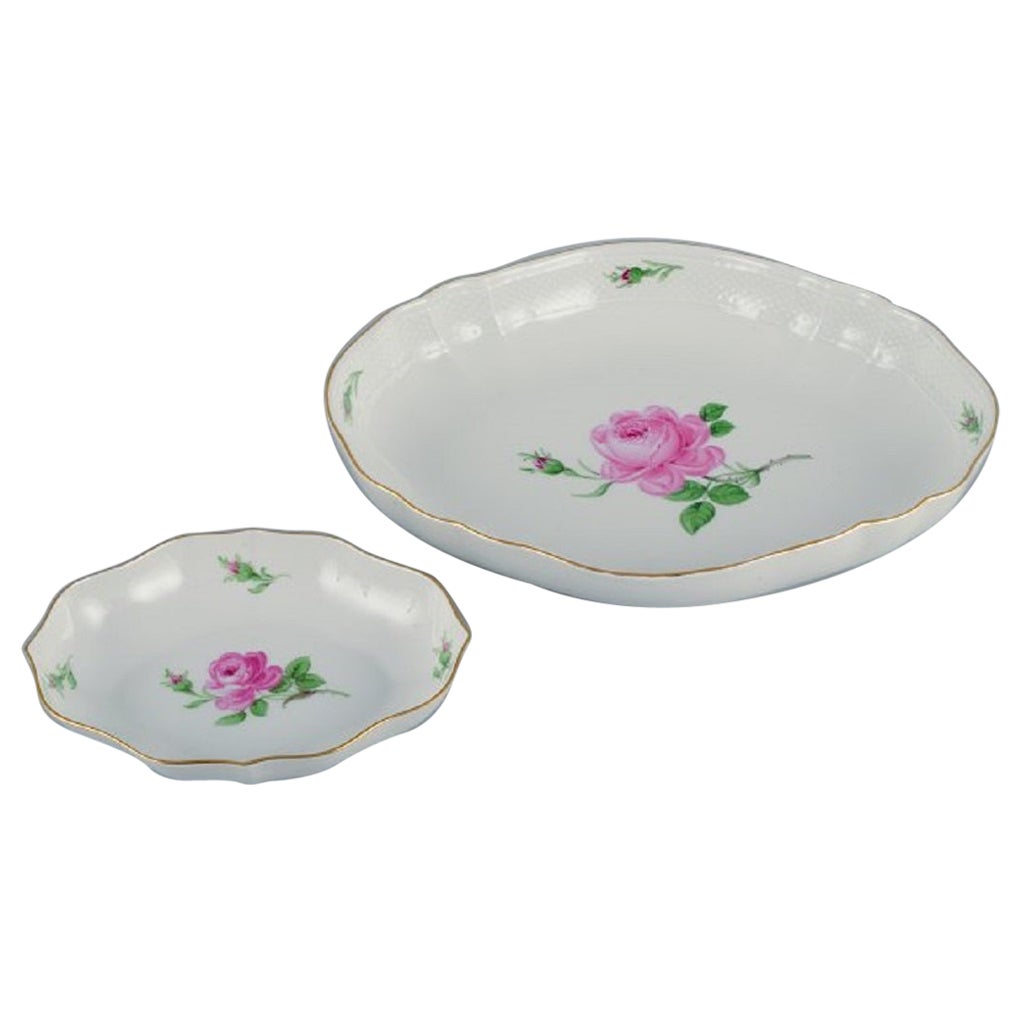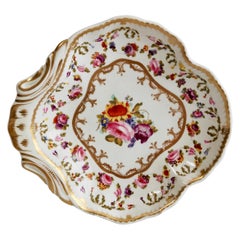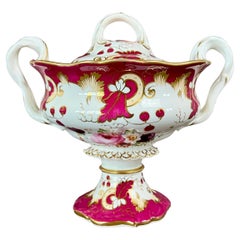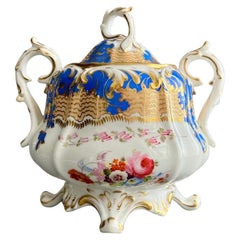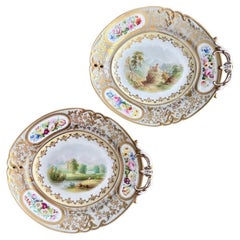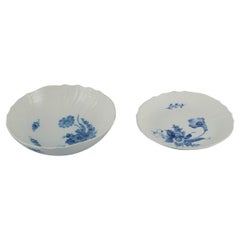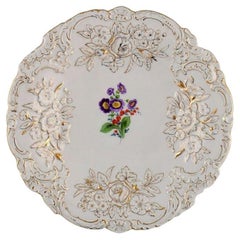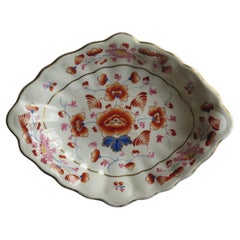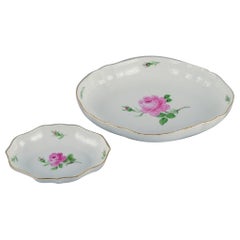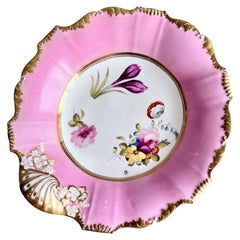
Yates Pink Shell Dish, Patt. 1768 to Match H&R Daniel Patt. 4205, 1827
View Similar Items
Video Loading
Want more images or videos?
Request additional images or videos from the seller
1 of 12
Yates Pink Shell Dish, Patt. 1768 to Match H&R Daniel Patt. 4205, 1827
$535List Price
About the Item
- Creator:William Yates (Maker)
- Dimensions:Height: 1.75 in (4.45 cm)Width: 9 in (22.86 cm)Depth: 8.5 in (21.59 cm)
- Style:Rococo Revival (Of the Period)
- Materials and Techniques:
- Place of Origin:
- Period:
- Date of Manufacture:circa 1827
- Condition:Wear consistent with age and use. in excellent antique condition without any damage, repairs, or crazing and just some scratches on the pink rim and the centre.
- Seller Location:London, GB
- Reference Number:Seller: A-YAT171stDibs: LU4805141494722
About the Seller
5.0
Vetted Professional Seller
Every seller passes strict standards for authenticity and reliability
Established in 2016
1stDibs seller since 2019
226 sales on 1stDibs
Typical response time: 2 hours
Authenticity Guarantee
In the unlikely event there’s an issue with an item’s authenticity, contact us within 1 year for a full refund. DetailsMoney-Back Guarantee
If your item is not as described, is damaged in transit, or does not arrive, contact us within 7 days for a full refund. Details24-Hour Cancellation
You have a 24-hour grace period in which to reconsider your purchase, with no questions asked.Vetted Professional Sellers
Our world-class sellers must adhere to strict standards for service and quality, maintaining the integrity of our listings.Price-Match Guarantee
If you find that a seller listed the same item for a lower price elsewhere, we’ll match it.Trusted Global Delivery
Our best-in-class carrier network provides specialized shipping options worldwide, including custom delivery.More From This Seller
View AllBloor Derby Shell Dish, White, Floral Sprigs Moses Webster, Regency, 1820-1825
By Bloor Derby
Located in London, GB
This is a beautiful one-handled dessert serving dish or "shell" dish made by Derby between about 1820 and 1825 in the Regency era and decorated by Moses Webster. These dishes were to...
Category
Antique 1820s English Regency Serving Bowls
Materials
Porcelain
Samuel Alcock Footed Porcelain Sauce Tureen, Maroon with Flower Sprays, ca 1842
By Samuel Alcock & Co.
Located in London, GB
A footed two-handled sauce tureen with cover, maroon and pale yellow ground with beautiful hand painted flower sprays on lower part of body; twisted handles and a petticoat stem
Pat...
Category
Antique 1840s English Rococo Revival Serving Bowls
Materials
Porcelain
$750 / set
Free Shipping
Samuel Alcock Sucrier, French Blue, Pear Shaped Rococo Revival, 1843
By Samuel Alcock & Co.
Located in London, GB
A pear-shaped Rococo Revival sucrier with cover, with a capricious design of French blue scrolls, peach and gilt wave cartouches, and beautifully hand painted flower sprays around th...
Category
Antique 1840s English Rococo Revival Porcelain
Materials
Porcelain
Samuel Alcock Pair of Low Comports, Grey, Gilt with Landscapes, Flowers, ca 1859
By Samuel Alcock & Co.
Located in London, GB
This is a rather stunning pair of one-handled low comports with pierced rims, a warm grey ground with elaborate gilt foliage, three very fine flower reserves each, and a large mounta...
Category
Antique 1850s English Rococo Revival Porcelain
Materials
Porcelain
$990 / set
Free Shipping
Derby Kidney Dish, William Quaker Pegg, Scarlet Lychnis & Gentianella, c1814
By Derby, Quaker Pegg At Derby
Located in London, GB
This is a stunning and extremely rare kidney shaped serving dish made by Derby between about 1813 and 1815. The dish is painted with bright red and blue flowers by William Quaker Peg...
Category
Antique 1810s English Regency Porcelain
Materials
Porcelain
Caughley Dish, Harlequin Pattern in Style of Donegall Service, ca 1793
By Chamberlains Worcester, Caughley Porcelain
Located in London, GB
This is a beautiful and intriguing porcelain dish made by Caughley and decorated at Chamberlains Worcester in or shortly after 1793. The dish has a "harlequin" pattern with six diffe...
Category
Antique 1790s English Neoclassical Porcelain
Materials
Porcelain
You May Also Like
Royal Copenhagen Blue Flower curved bowl and dish.
Located in København, Copenhagen
Royal Copenhagen Blue Flower curved bowl and dish.
1951, as well as 1980 - 1984.
Model number 10/1518.
Model number 10/1645.
Dish m...
Category
20th Century Danish Porcelain
Materials
Porcelain
Antique Meissen Porcelain Bowl with Hand-Painted Flowers and Gold Decoration
Located in København, Copenhagen
Antique Meissen porcelain bowl with hand-painted flowers and gold decoration.
Early 20th century.
Measures: 28.5 x 5 cm.
In excellent condition.
1st factory quality.
Stamped.
Category
Early 20th Century German Rococo Revival Porcelain
Materials
Porcelain
Georgian Derby Porcelain Serving Dish or Bowl Hand-Painted, Fully Marked Ca 1815
By Derby
Located in Lincoln, Lincolnshire
This is a good oval shaped serving dish or bowl, made by the Derby factory, hand painted and gilded in a free flowing floral pattern, during the reign of George 111 in the early 19th century, circa 1815.
This is a well potted oval shaped dish or bowl with a vertically fluted and moulded side edge and rim, sitting on a low foot.
The piece is beautifully hand decorated in a free flowing manner, in one of Derby's Imari style floral Patterns, with enamels of cobalt blue, burnt orange, pink and yellow, all in varying shades. It has then been hand gilded, with gold detail to some of the flowers, blue leaf, the inner border and the outer rim.
The dish has the early Derby...
Category
Antique Early 19th Century English Georgian Serving Bowls
Materials
Porcelain
Meissen, Germany, Pink Rose, Two Porcelain Bowls
Located in København, Copenhagen
Meissen, Germany, Pink Rose, two porcelain bowls hand painted with motif of pink roses.
1930-1940s.
In excellent condition.
Small bowl first factory quality.
Large bowl third fac...
Category
Vintage 1930s German Porcelain
Materials
Porcelain
Meissen, Germany, Pink Rose, Two Porcelain Bowls, 1930s/1940s
Located in København, Copenhagen
Meissen, Germany, pink rose.
Two porcelain bowls hand-painted with motif of pink roses.
1930/1940s.
In excellent condition.
Third factory quality.
Marked.
Large bowl: L 18.5 x ...
Category
Vintage 1930s German Porcelain
Materials
Porcelain
4 Rare Breakfast Bowls - Pall - Stig Lindberg - Gustavsberg 1963 - Pink Apples
By Stig Lindberg, Gustavsberg
Located in Stockholm, SE
4 breakfast bowls of model Pall designed by Stig Lindberg at Gustavsberg in 1963, they are 17 cm (6.8") in diameter. They are all in mint condition except from one that has a black m...
Category
Mid-20th Century Swedish Scandinavian Modern Serving Bowls
Materials
Porcelain
Recently Viewed
View AllMore Ways To Browse
Shell Form Dish
H And R Daniel
H R Daniel
Staffordshire Dishes
Antique Ridgway Plates
Antique Coalport Dishes
Spode Dessert Service
Minton Dessert Service
Minton Antique Dishes
Coalport Dessert
Minton Pattern H
Spode Pink
Coalport Dessert Plate
Coalport Shell
Ridgway Dessert Service
Ridgways Shelton
Coalport Dessert Service
Earl Of Shrewsbury
